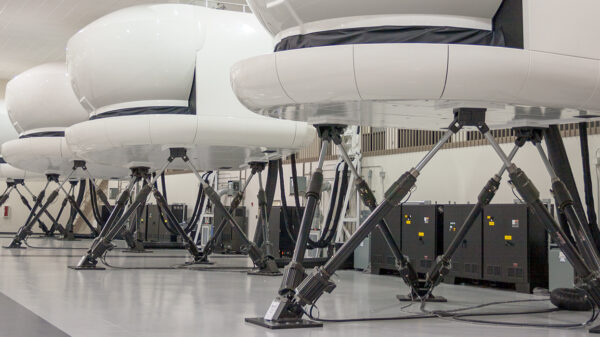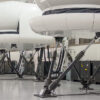Foreigners have been left awestruck by China’s bold endeavor—an airport seemingly perched among the clouds atop a mountain. The Wushan Airport in Chongqing, built at a cost of 1.6 billion yuan, has become a global spectacle, captivating the world with its audacious construction and breathtaking location.
Let’s embark on a journey to uncover the incredible story behind this engineering marvel that defies conventional norms.
The Visionary Design: An Aircraft Carrier in the Sky
Sitting atop a mountain peak, the Wushan Airport stands as an architectural wonder, resembling an aircraft carrier soaring amidst the clouds. While Beijing’s Daxing International Airport earned accolades for its scale and innovative design, Wushan Airport’s location elevates it to an unparalleled level of audacity and grandeur. It’s an aerial spectacle that commands attention and admiration.
Overcoming Nature’s Challenge: Seven Mountains Flattened, Six Valleys Filled
Surrounded by cliffs, with the sky appearing within arm’s reach, constructing this airport was a testament to human perseverance. To bring this vision to life, construction crews embarked on an ambitious journey, flattening seven mountains and filling six valleys. The deepest section in front of the airport stands at over 110 meters, equivalent to a towering 40-story building. Tens of thousands of dedicated builders toiled tirelessly for a mere four years to transform this ambitious dream into a tangible reality.
The Impact: Redefining Engineering Feats
Wushan Airport transcends boundaries, not just in its physical stature but in redefining what engineering and innovation can achieve. Its completion marks a milestone in human accomplishment, showcasing the ability to conquer formidable landscapes and create marvels where none seemed plausible. Beyond the practicality of transportation, this project stands as a testament to human ambition and determination.
Chongqing’s Beacon of Progress
The Wushan Airport isn’t just a structure; it symbolizes progress, signifying China’s determination to forge ahead into the future. It serves as a beacon, illuminating the path for further advancements in infrastructure and technology. Its impact extends beyond its immediate purpose, inspiring awe and setting a new standard for what can be achieved through human ingenuity and perseverance.
Conclusion
The Wushan Airport’s story is more than just about an engineering feat—it’s a testament to human ambition, dedication, and the unyielding spirit to conquer nature’s challenges.
It stands as a beacon of innovation, inspiring future generations to dream bigger, reach higher, and push the boundaries of what’s possible. As the world marvels at this airborne marvel nestled among the clouds, it serves as a reminder that with vision and determination, the sky is not the limit—it’s just the beginning.









